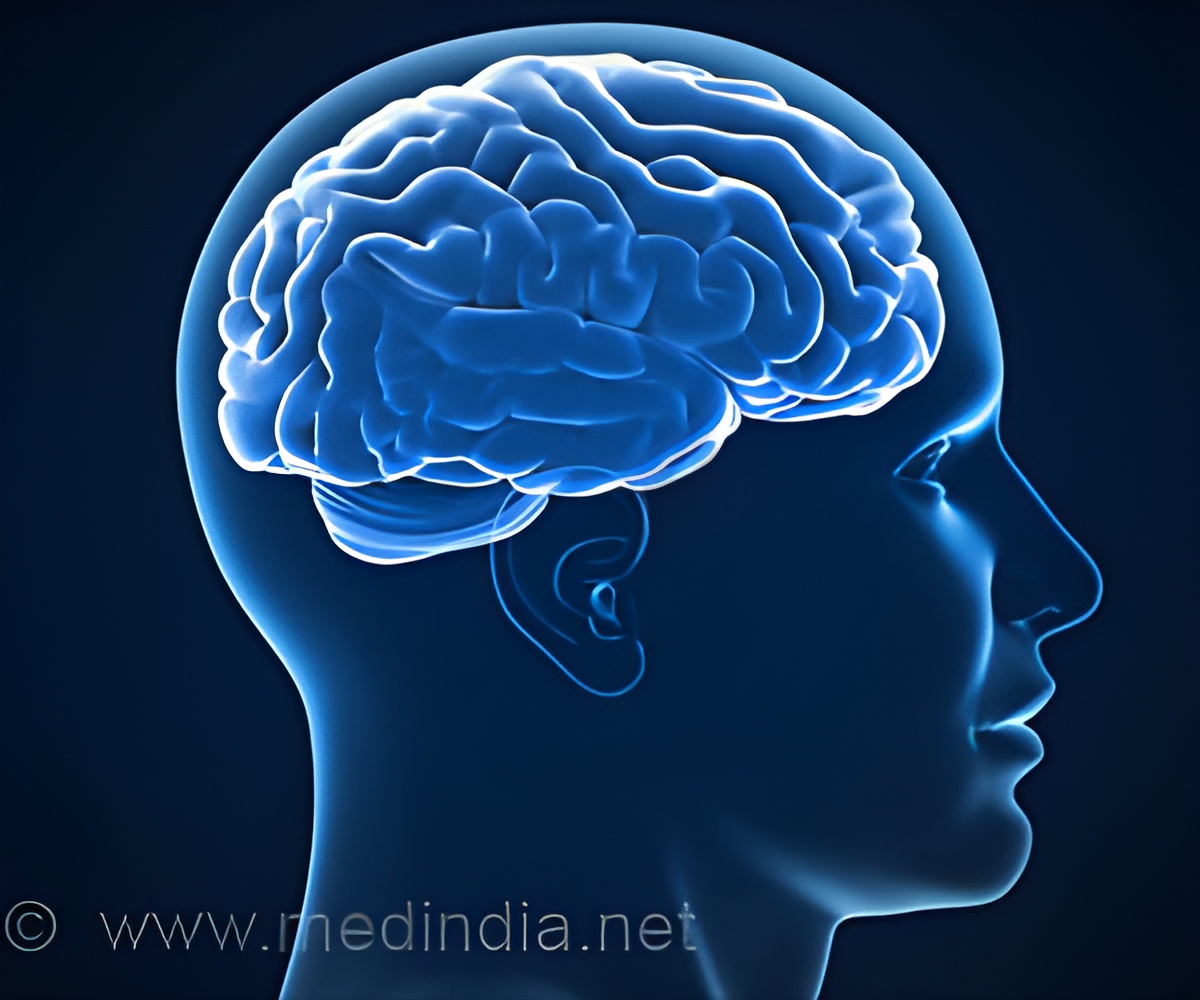Researchers at Japan's RIKEN Brain Science Institute have identified a brain circuit that provides emotional memory tuning in rats.

‘Forming an emotional memory is all about learning and calibrating our internal expectations with repeated external stimuli from the environment.’





"Forming an emotional memory is all about learning and calibrating our internal expectations with repeated external stimuli from the environment," says Joshua Johansen, a team leader at the RIKEN Brain Science Institute. An instructive signal like a dog attack should startle you--and your amygdala--the first time it happens, but over time, both your brain activity and your behavior will temper the reaction to the dog attack once you learn to expect when and how it happens, for example on a particular street, outside of a particular house. In a study published in Nature Neuroscience, Johansen and colleagues discovered a neural circuit that can temper the strength of emotional memories by restraining the amygdala's over-responsiveness to expected but unpleasant stimuli. In the key experiment, rats were trained to learn the association between a mild shock and a preceding sound. The initially unexpected shocks strongly activated the lateral amygdala which, in turn, led to fearful freezing behavior in response to the sound. This freezing behavior increased with higher shock intensities, but once this association was learned, the shock-related activity in amygdala neurons diminished. "The first unpleasant experience sets off an 'instructive' signal, which is gradually turned off as the amygdala learns to use the sound to predict the shock," explains Johansen.
How neural circuits in the amygdala generate such 'predictions' to calibrate memory formation was unknown. The authors traced the origin of this modulation to a bundle of axons that leave the amygdala and flow into the PAG, a midbrain area that processes pain. There, the axons are well-positioned to dampen pain-related neural signals like shocks before they reach higher brain areas. The authors hypothesized that this circuit generates 'prediction error' signals that indicate how much an expectation differs from what actually happens, which are then used by the amygdala and other brain areas to set emotional memory strength and expectation levels.
If their idea was correct, then artificial inhibition of the amygdala-PAG circuit should interfere with normal prediction errors and expectations. Indeed, when they shut down a well-trained circuit, neurons in the lateral amygdala responded as if the shocks were being experienced for the first time. Johansen added, "By disrupting the circuit we deprive the amygdala of feedback, reset its learning level, and the shock memory becomes hyper-emotional, causing rats to freeze more."
The authors concluded that this neural circuit calibrates memory strength and helps the brain to form appropriate emotional memories. "We think that prediction-error signaling in such feedback-type neural circuits represents a general principle for brain learning systems," says Johansen. "Because the feedback originates very early in the pain pathway, the nervous system can broadcast the prediction error to many brain areas like the amygdala, where it is then used to fine-tune memories."
Advertisement
Source-Eurekalert












